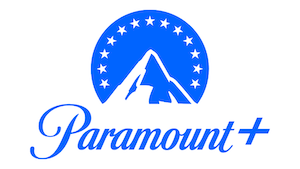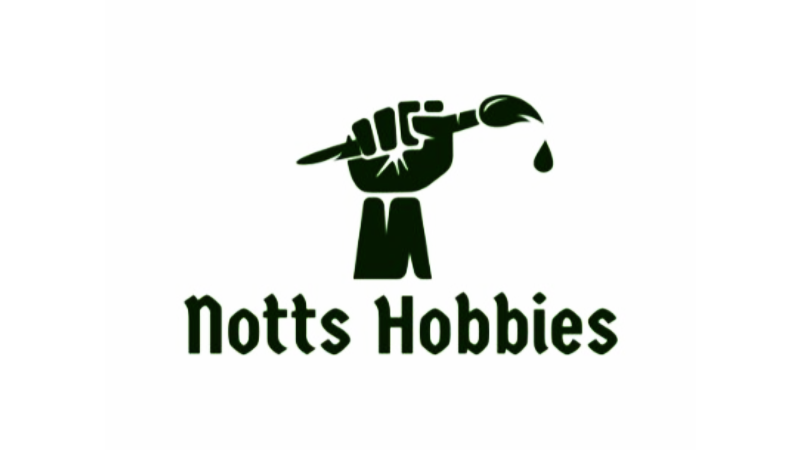The deck-building genre has been slowing down in recent years. While the regular releases of Ascension and DC Deck-Building Game continue, the number of deck builders as a whole has slowed down. Almost all deck builders have had a competitive aspect to them. Recently a couple of deck builders have shown a cooperative bent. The Legendary games and Shadowrun Crossfire have players work together to reach a common goal. Cool Mini or Not, known for their miniatures games, released Xenoshyft Onslaught, a game challenges the typical tropes of the deck builder.
At first, Xenoshyft appears to follow normal deckbuilding conventions. You start with a small deck that has the same cards, most of which are used to gain new, better cards. A few Militia cards can be drawn to help protect the base early on. You randomly choose items that can eventually be bought from stacks, as well as different troops.
The main objective of Xenoshyft is to protect your base from nine waves of the Hive, an alien menace. Each player is given two mini-boards each with a row of spaces for four cards. One board contains the alien attackers and the other holds spots for your your heroic defenders. The two boards are placed adjacent lengthwise such that the rightmost alien card will attack the leftmost hero card. The more players playing, the more damage the base can take, but the more Hive attack you. Each player has a division card representing their location which provides the group special abilities. The game is played out in three rounds of three waves, with each wave getting progressively more difficult.
At the start of each round everyone draws their hand to six cards, then draws a resource card from the supply. The higher the wave, the higher the resource card. The wave dashboard makes it easy to determine the available cards and which resource card to pick up for that round. Players may then make their purchases and work out the strategy as purchasing cards are made simultaneously. However, players can’t share their resource cards to buy more powerful cards. Talking amongst your teammates is encouraged though, as the purchased items and troops can be shared with other players.

The troops have a wide variety of abilities. Some have extra firepower or health, but others have special abilities to help defeat the Hive. They range from being able to heal troops, deal damage directly to enemies, and adding firepower to another troop in the same lane. Item cards include weapons that increase a troop’s firepower, healing items that reduce damage to a troop, armor to absorb damage, and items that can cancel any effects when a Hive card is revealed. Each item only has a certain number of cards, so teams should be aware of everyone’s purchases so the balance between offensive and defensive capabilities is accounted for.
One huge difference exists between Xenoshyft and most deck builders, since cards purchased go straight into the player’s hand instead of in their discard pile. You’ll need every troop and item you can get your hand on though, so having these extra troops and items available instantly gives you a better chance to defeat the Hive. Also, you won’t cycle through your deck nearly as many times as you would a game like Dominion or Ascension since you’ll play at most nine hands of cards. If cards were placed in the the discard pile it would be possible to purchase cards that never see the light of day due to the thickness of the discard pile, making the more powerful troops purchased in the later rounds futile.
After item and troop purchases finish, the troops are deployed onto the card spaces on your mini-board. The troop deployment is done simultaneously, with players able to deploy troops onto other players’ boards. Then, cards from the alien encounter deck for the current wave are dealt face down to each player’s alien board to face off against the heroes. Three different encounter decks get progressively harder, with each encounter deck used for three rounds before being the next wave comes.
Having both the purchase phase and the troop deployment phase complete simultaneously improves the game for a couple of reasons. First, purchasing and deploying simultaneously makes sense, allowing players to plan strategies without forcing them to try to remember what purchases to make. Talking strategy and placing troops and equipment on the lanes keeps everyone involved. Secondly, the game speeds up since players don’t have to wait for one another to complete their turn. While it isn’t a mad house with hands flailing around to try to get the cards they want, the cooperative gameplay gives players the ability to see their strategy unfold as they lay their cards in front of them.
Next comes the combat phase. This phase takes place in turn, with one player turning the enemy card closest to the base lane over. Any reveal abilities take effect and every player has the ability to react to the enemy. Once these have been resolved, combat begins with the rightmost alien and leftmost hero attacking each other. The troop and enemy deal damage to each other according to their power simultaneously, similar to Magic: The Gathering. If the damage taken is equal or above to the unit’s hit points then it is destroyed. Tokens are provided to show how much damage a unit has taken if it hasn’t been eliminated. If neither unit dies, then combat happens again. Otherwise, cards advance toward each other so the first troop and enemy zone fill. Combat repeats until one lane is empty. If the troop lane is empty and aliens remain to attack, then the base is overrun. During an overrun, any facedown enemies are revealed, players can play instants, and the base takes damage equal to the enemy power. Once the damage happens the enemy card gets discard and the process repeats until the enemy lane is empty. If all enemies die before the troop lane empties, then those troops stay in the lane, living on to fight another day (or wave).

If the base is still standing, then the wrap-up phase starts. Players can discard as many cards as they like. Players can actually keep cards in your hand for future use if they like, which seems like a novel concept for deck builders, and one I am happy to see implemented. However, every card kept in their hand occupies a space for a new card to be drawn. Any empty item stacks are replaced with a new item, and the round counter advances. After the first three rounds the Wave 2 enemy deck is used, and after six rounds Wave 3 runs amok. If the base survives nine rounds, you win.
Often part of the appeal of cooperative games is the difficulty. While winning is possible, the challenge of the elusive win makes these games appealing. I enjoy difficult games, with Ghost Stories being one of my favorites. If you compare Ghost Stories to chewing you up and spitting you out, Xenoshyft not only does that but kicks your dog as it feasts on your carcass. Wins will be few and far between, but even getting close to a victory feels like an accomplishment. In my first solo play, I reached the fifth round, but got further in subsequent plays. When playing in a group we lasted a little longer, but left impressed if we got to the third wave. If difficult games don’t appeal to you, then stay far away.
Xenoshyft can be played solitaire, and while I’m not one to venture alone through games often, I found the game compelling single-player. While you don’t have the advantage of having others to help support your efforts defending the base, it plays faster and increases the challenge even more. The setup time isn’t bad for a deckbuilder either, especially since the box insert was designed to have a separate area for each card deck.
A few improvements could be made. The sci-fi card text and art looks great but is so small that picking up the card for reading the abilities is necessary. Some of the text could be reduced if some symbols were used to represent health and damage, making the cards more readable. The tokens for showing damage and used abilities have a nice weight and feel to them, but they do sometimes feel fiddly. If a card dies in battle, you can take the card away. If people remember which abilities they use, then those tokens aren’t needed, but they can be helpful when playing the full complement of players. The cards have a high quality finish to them but feel a bit stiff. I’m a bit worried what might happen to the cards if one gets bent accidentally. I might actually consider sleeving the cards. The player boards are made with heavy enough material, but I wonder if the corners might get bent after a while. Though I’m not nearly as worried about the lanes as the cards.
















